Did you know that there are 1,600 chicken breeds recognized in the world???
In 2020, there were 33 billion chickens in the world. There were only 7.76 billion people in the world then, making the chicken population 4 times higher than the human population.
So how in the heck do you figure out what chicken breeds to add to your backyard flock?
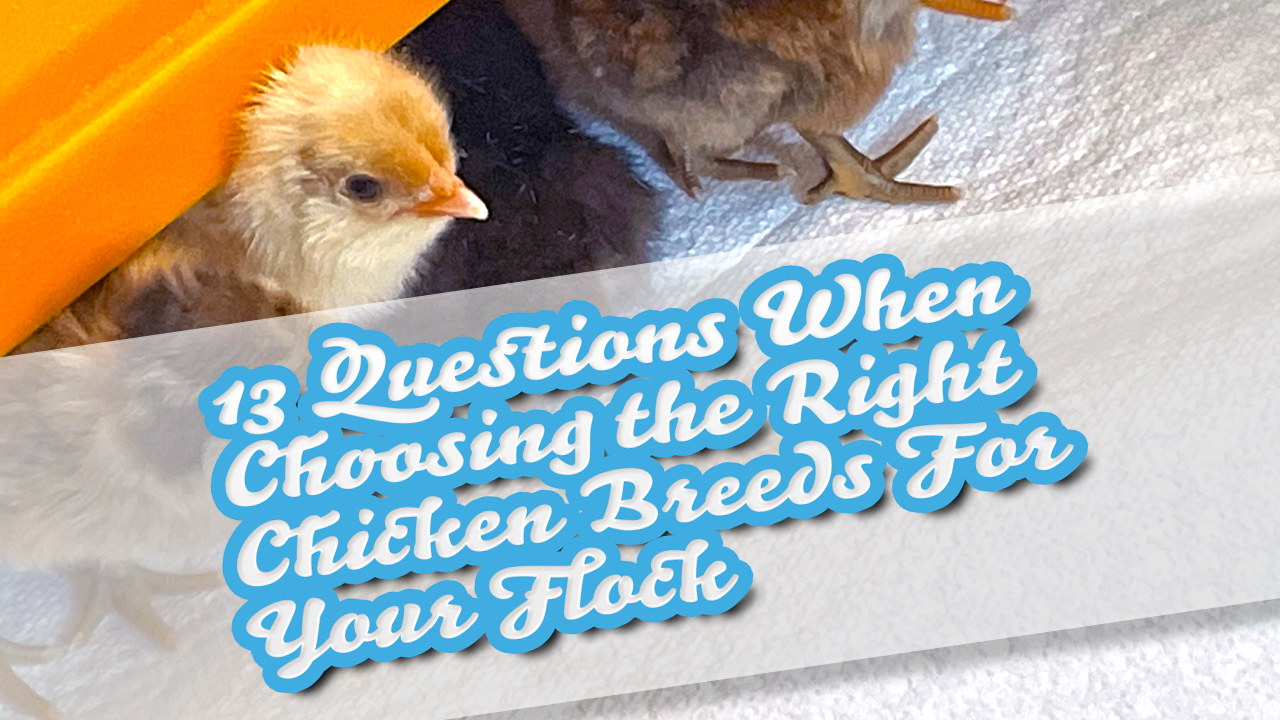
When we were figuring out what kind of chicken breeds we wanted to start with, we thought about one main factor. What was our purpose for the chickens? Some people want eggs, meat, or just ornamental birds. We have started with choosing breeds for egg-laying purposes. Our family loves eggs and we go through a ton of eggs each week. So we chose good to heavy layer breeds.
13 Questions to ask yourself when choosing chicken breeds for your backyard flock:
- What is the purpose of your birds?
- Do you want eggs, meat, dual-purpose, or ornamental breeds?
- What is the climate of your location?
- Make sure the birds can tolerate whatever extreme temperatures your location may experience: There are some that cannot tolerate extreme cold or extreme heat.
- How much space do you have?
- Evaluate the amount of space you have available for your flock and the size of the coop you will use. Some breeds are more suitable for small backyards and confined spaces, while others need more room to roam.
- What type of temperament do you want from your birds?
- Chickens have varying temperaments. Some breeds are docile and friendly, making them suitable for families with children, while others may be more skittish or flighty.
- How many and what size eggs do you want?
- Egg Production: If you are interested in egg-laying, research the breed’s average egg production, egg size, and egg color. Some breeds are prolific layers, while others are more modest in their output.
- Do you want meat birds?
- Meat Quality: For those considering raising chickens for meat, look into the breed’s growth rate, feed efficiency, and meat quality attributes.
- Do you care if you have broody chickens?
- Broodiness refers to a hen’s tendency to sit on and hatch eggs. Some breeds are more broody than others. If you want to breed chickens or hatch eggs naturally, consider breeds known for broodiness.
- What noise level are you and your neighbors willing to tolerate?
- Chickens can be noisy, especially when they lay eggs or feel threatened. Some breeds are quieter and more suitable for urban or suburban settings. And of course, roosters crow!
- Do you have what your chickens look like?
- If aesthetics matter to you, choose a breed with attractive plumage and distinctive features that you find visually appealing.
- What types of chickens are available to you?
- Some chicken breeds may be more challenging to find than others, depending on your location. Check with local breeders or hatcheries to see what breeds are available in your area.
- Do you want dual-purpose breeds?
- If you want both eggs and meat from your flock, consider dual-purpose breeds that are bred to excel in both categories.
- Is chicken breed conservation important to you?
- Rare or Heritage Breeds: If conservation and preserving genetic diversity are important to you, consider raising rare or heritage breeds as many are at risk of extinction.
- What are your local regulations?
- Check local government poultry regulations and homeowner association (HOA) rules to ensure there are no restrictions on raising chickens, or if there are any specific breed requirements.
That seems like a lot to consider, but it’s really simple. We talked more with local feed stores and local hatcheries to learn more about what is appropriate for our location and yard size.
We primarily went for egg production when choosing our first 13 chicks. Then we moved on to more ornamental chickens because they were just so stinkin’ cute, we couldn’t resist. Eventually, we want to add in meat birds but haven’t made that leap yet.
Here’s a breakdown of our chicken breeds for egg production:
- White Leghorn: Produces 300-320 white eggs per year
- Blue Rock or Plymouth Rock: Produces 200-280 light brown eggs per year
- Easter Egger or Americana: Produces 200-250 blue, green, or pink eggs per year
- Olive Egger: Produces 200-250 olive green eggs per year
- Silver Laced Wyandotte: Produces 200-250 brown eggs per year
- Barnevelder: Produces 180-200 darn brown eggs per year
Our more ornamental breeds:
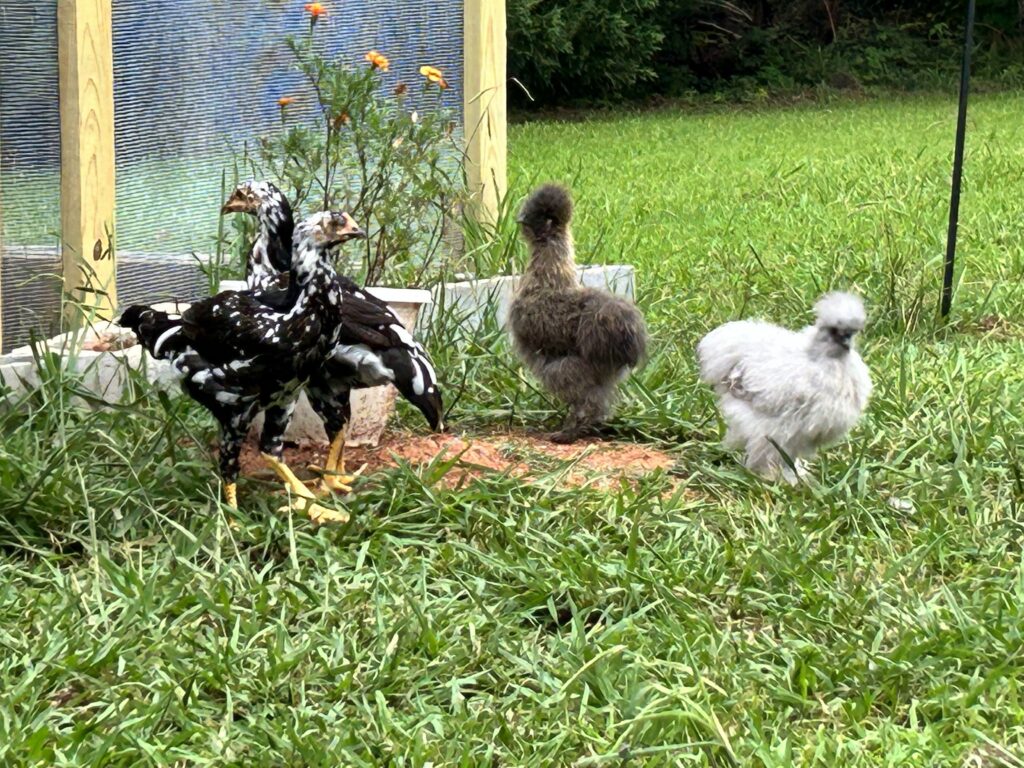
- Silkie: Produces 100-120 small cream eggs per year
- Indio Gigante: Produces 150-180 white, cream, beige or brown eggs per year
Non-chicken flock members:
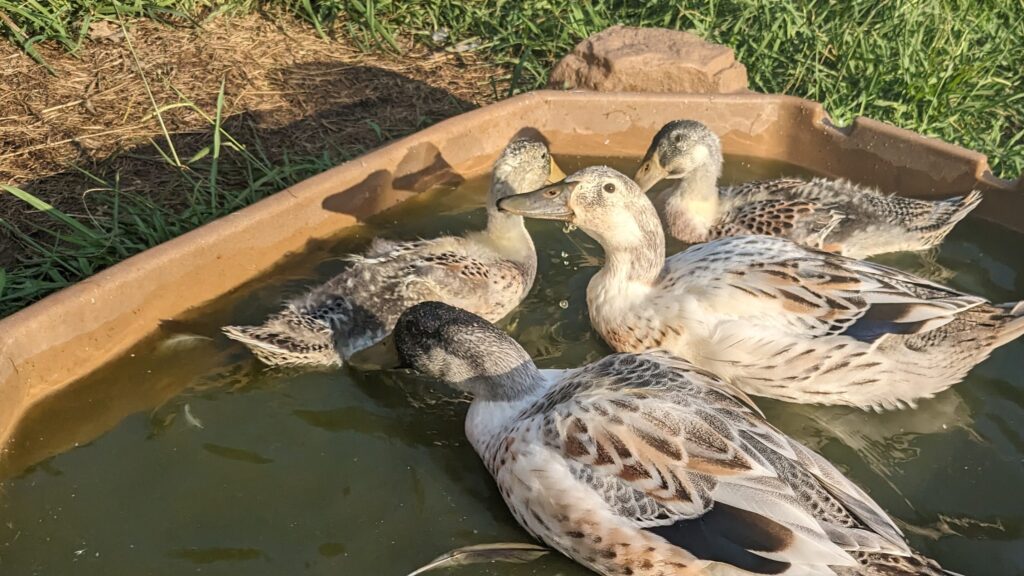
- Welsh Harlequin Ducks: Produces 250-300 eggs per year
All of these chicken breeds we chose are adaptable to our NC summers. The silkies may need a bit more care due to their daintiness, but so far they’ve done great this summer.
So follow these tips, talk to your local resources, and you can’t go wrong. Good luck in choosing your breeds as you build your backyard flock!


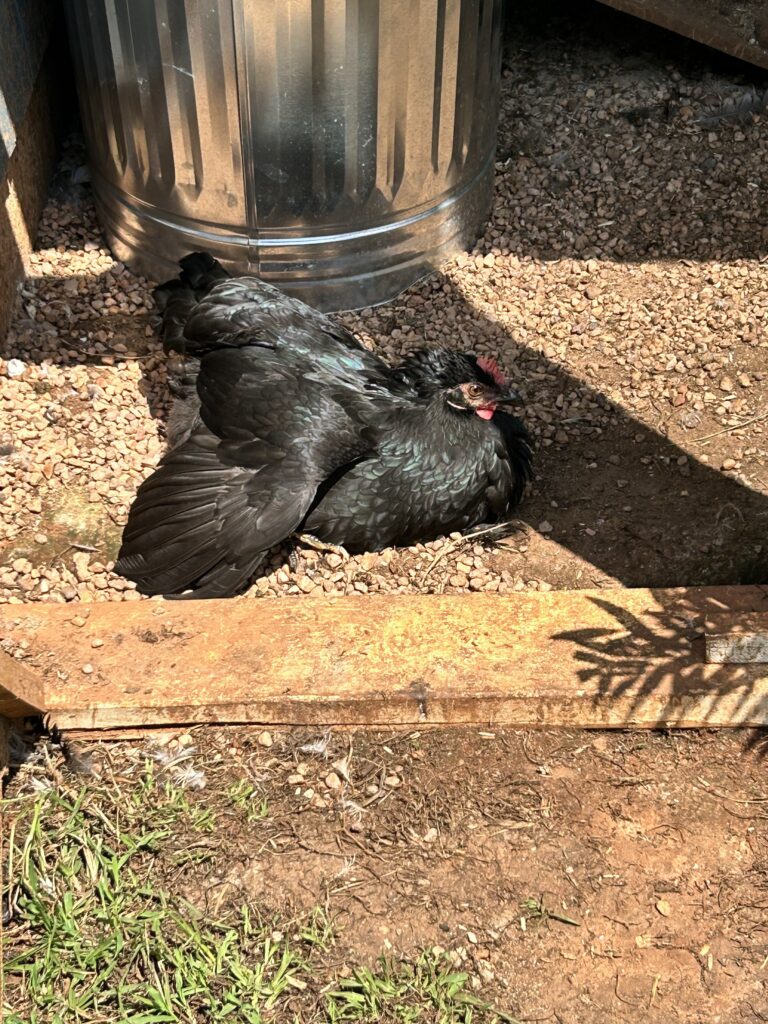
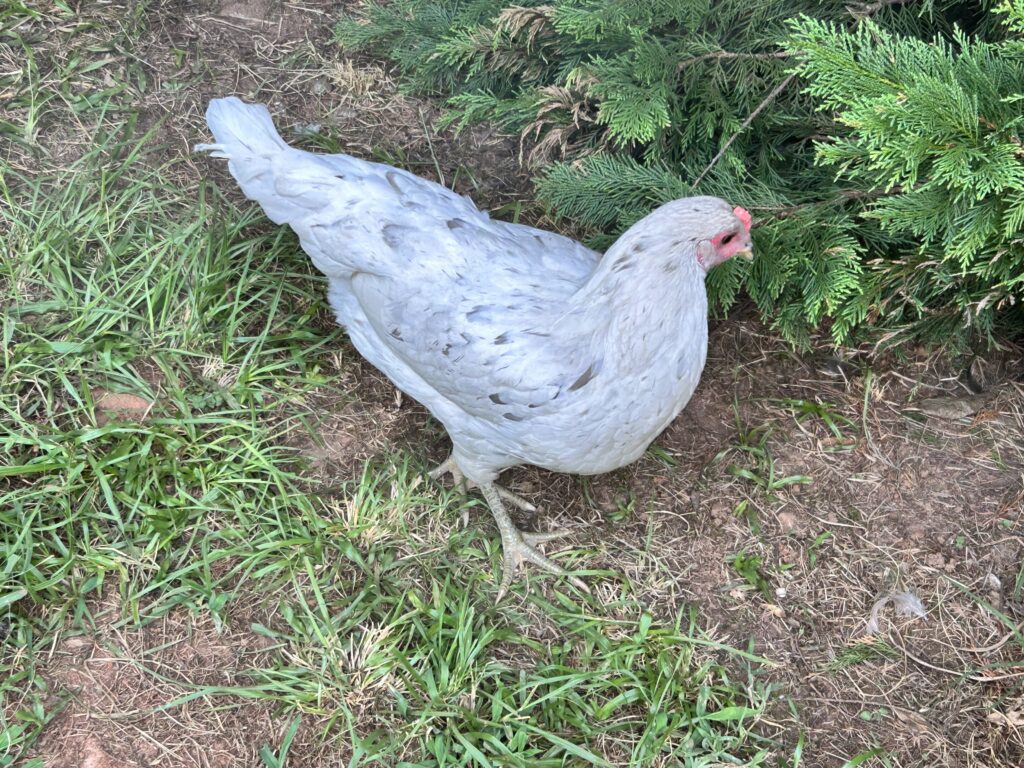
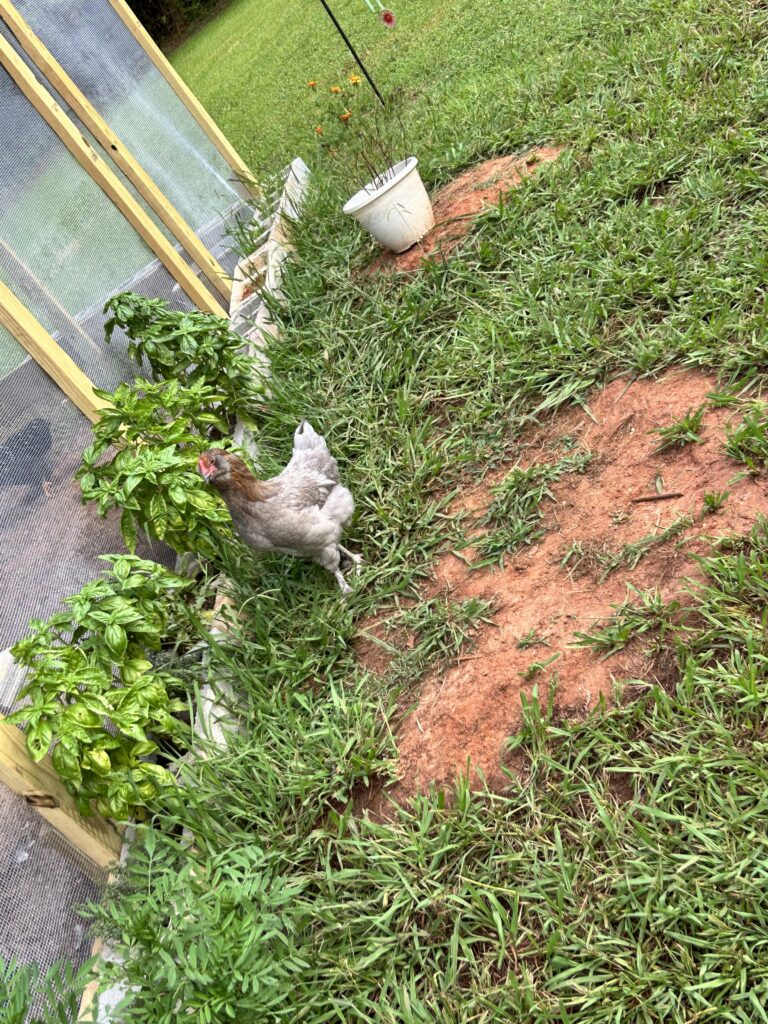
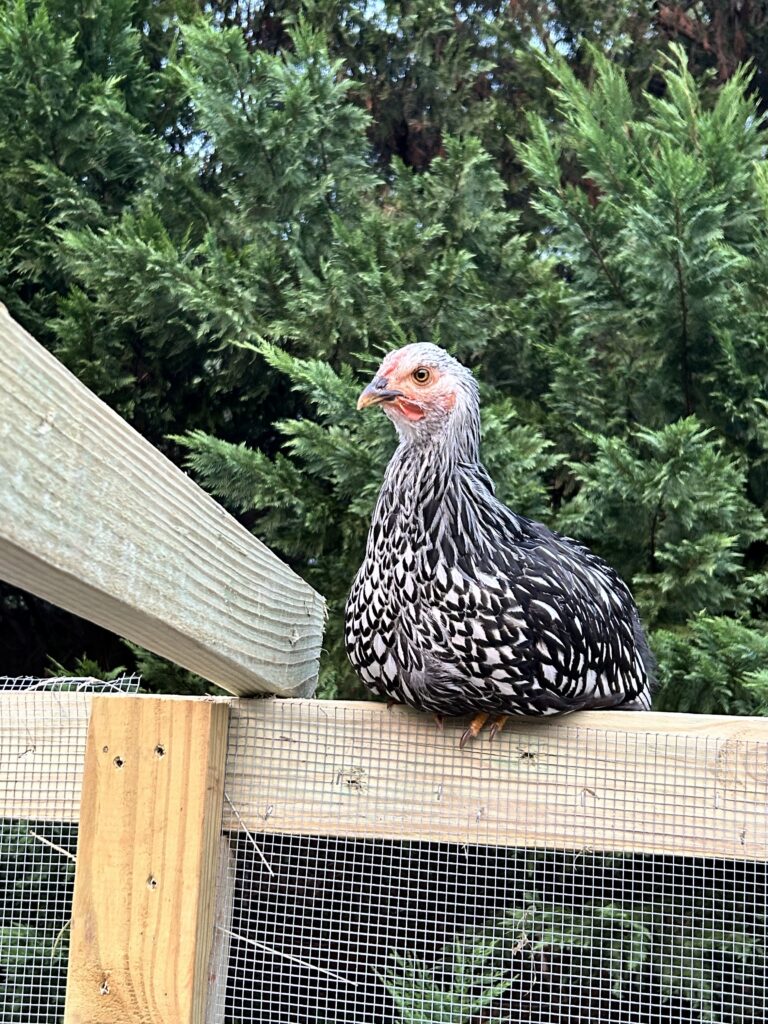
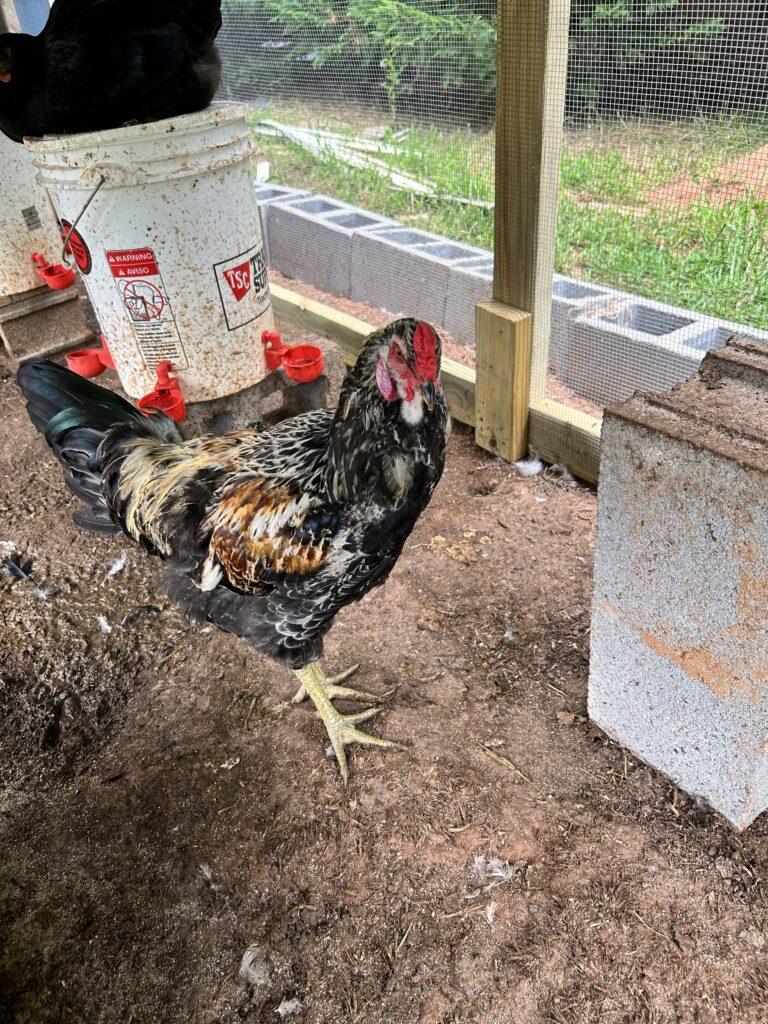
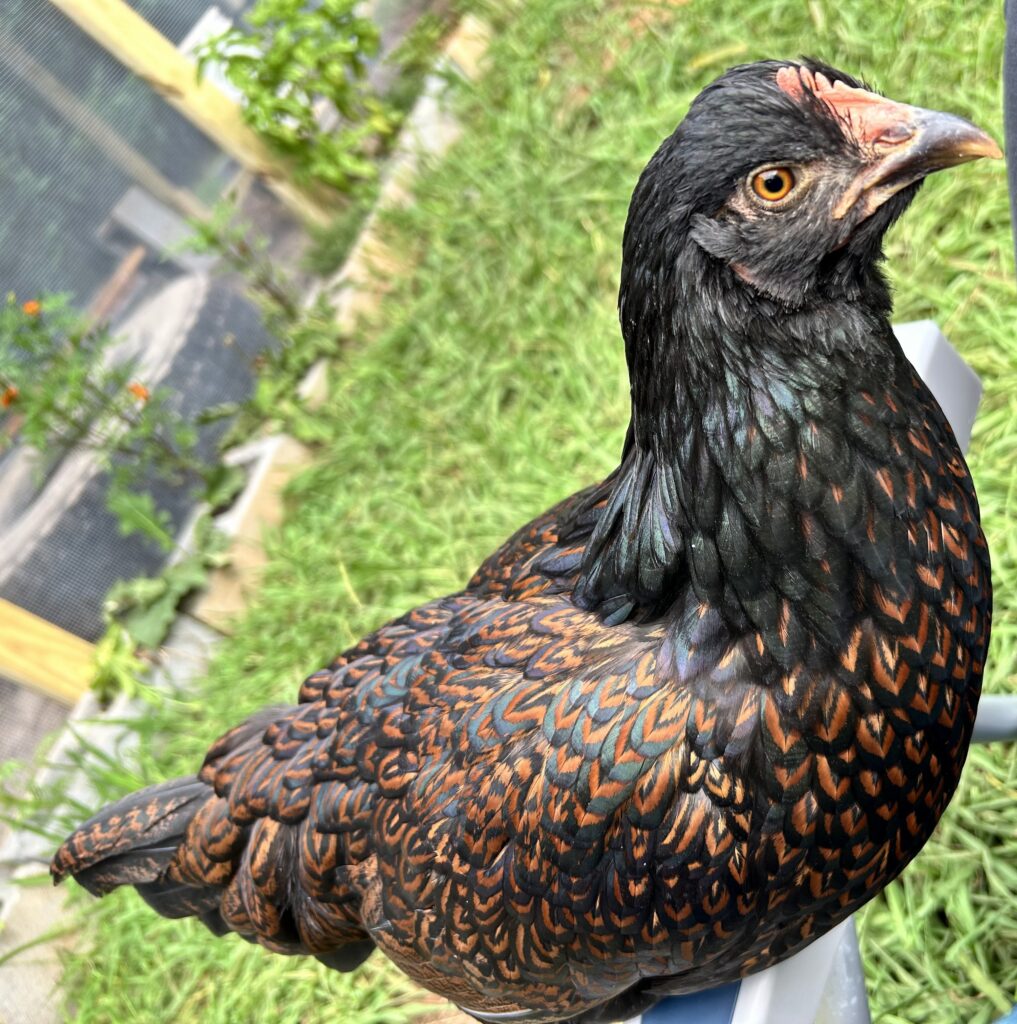


Leave a Reply